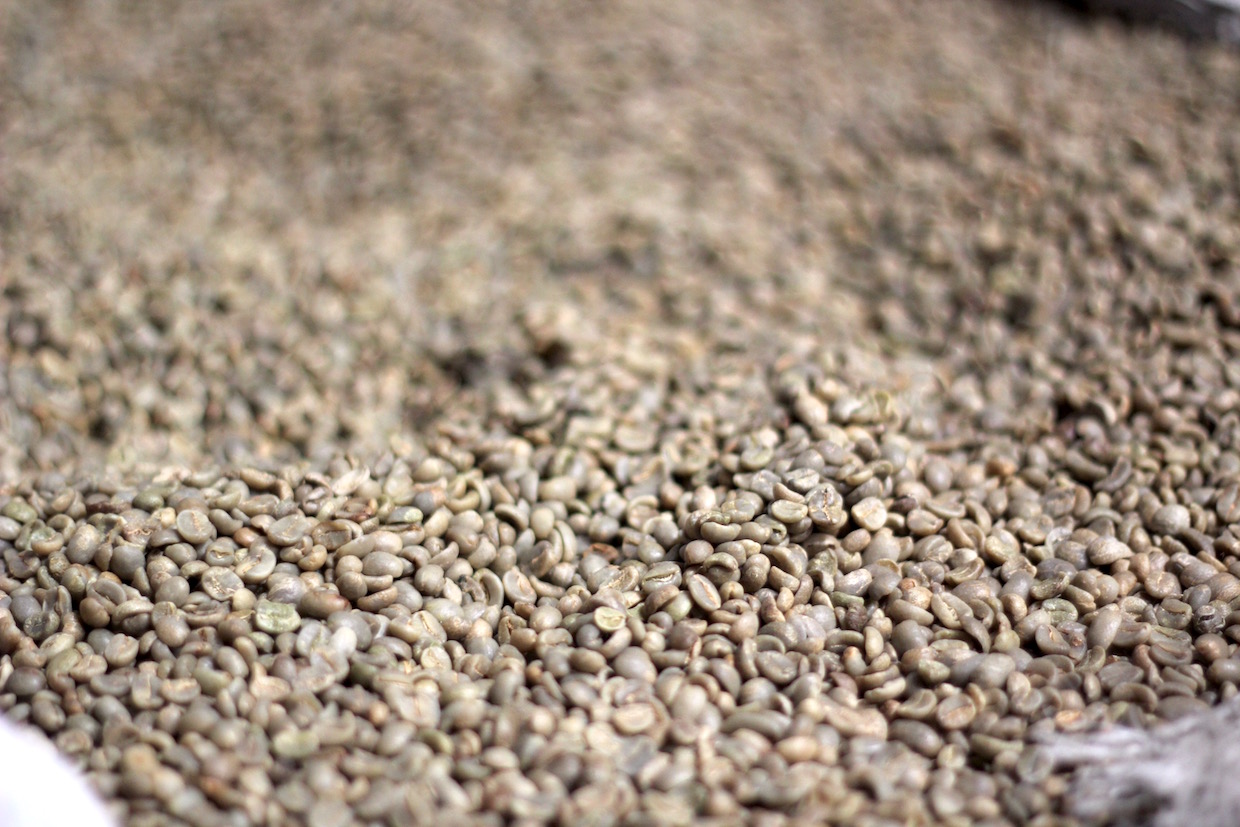Most specialty coffee professionals have always been dedicated to a pursuit of excellence in all aspects of coffee — brewing, roasting, growing, processing, etc.
Likewise, more and more roasters are using software or smart roasters like the Ikawa Sample Roaster to better record and evaluate their roasts.
Although the measure of water activity has long been considered a quality parameter by the Specialty Coffee Association, there has been relatively little research into the subject.
Another way of understanding water activity is to think of it as measuring the chemical availability of water in a substance, i.e, how much water in a substance is unbound and free to take part in chemical reactions.
While moisture content and water activity are related, it’s important to note that they are not directly correlated, meaning that a certain moisture content does not indicate any one specific water activity measurement.
As mentioned earlier, a higher water activity means that more water is available to take part in chemical reactions; in the case of green coffee, high water activity means more water is available to facilitate the growth of molds and fungi, some of them toxic.
On the other hand, if water activity is too low, then there won’t be enough water available for the green coffee seed to maintain its vital enzymatic reactions .
The higher the water activity, the higher the energy in the bean, which would result in faster physical and sensory deterioration.
There were cases where we scored the coffees very high, and found that their water activities were well out of the acceptable range.
Water activity can, however, predict how well a coffee will maintain its quality over time; in other words, water activity has a huge influence on green coffee in storage.
In our study, we found that the optimal water activity range for green coffee was between 0.45aw – 0.55aw.
There’s a lot to say about the topic of green coffee storage, but in short: Keep your coffee somewhere cool , out of direct sunlight, and dry, aiming for around 50% humidity.
If you do happen to find yourself with coffees at less than ideal water activity, these should be the coffees you use first.
Lastly, do keep in mind that it’s normal for water activity to fluctuate over time.
Prior to joining the team at Sustainable Harvest’s Portland, OR headquarters, Yimara worked for the Federación Campesina del Cauca in Cauca, Colombia as a professional cupper.
